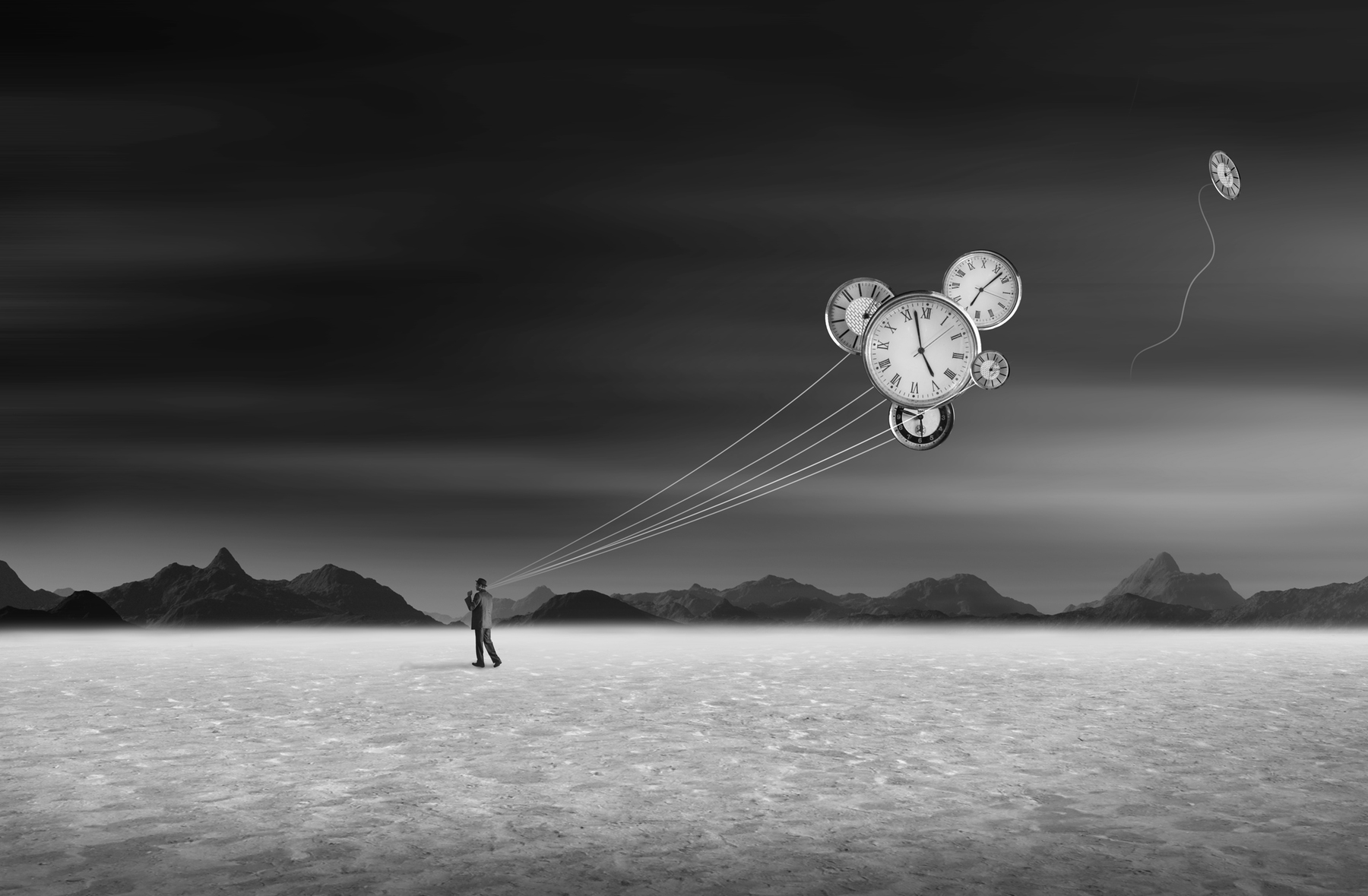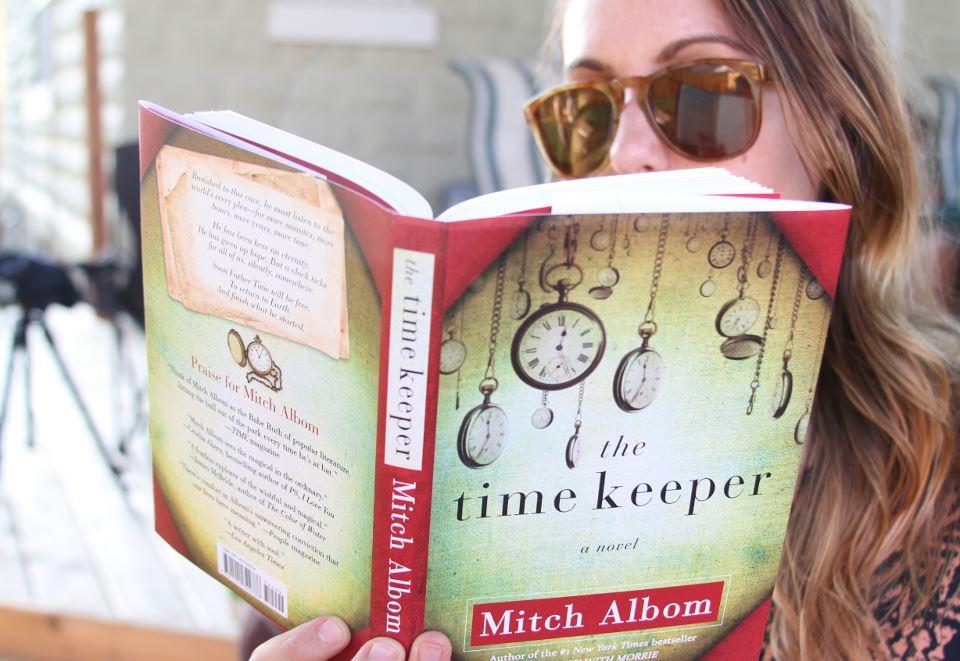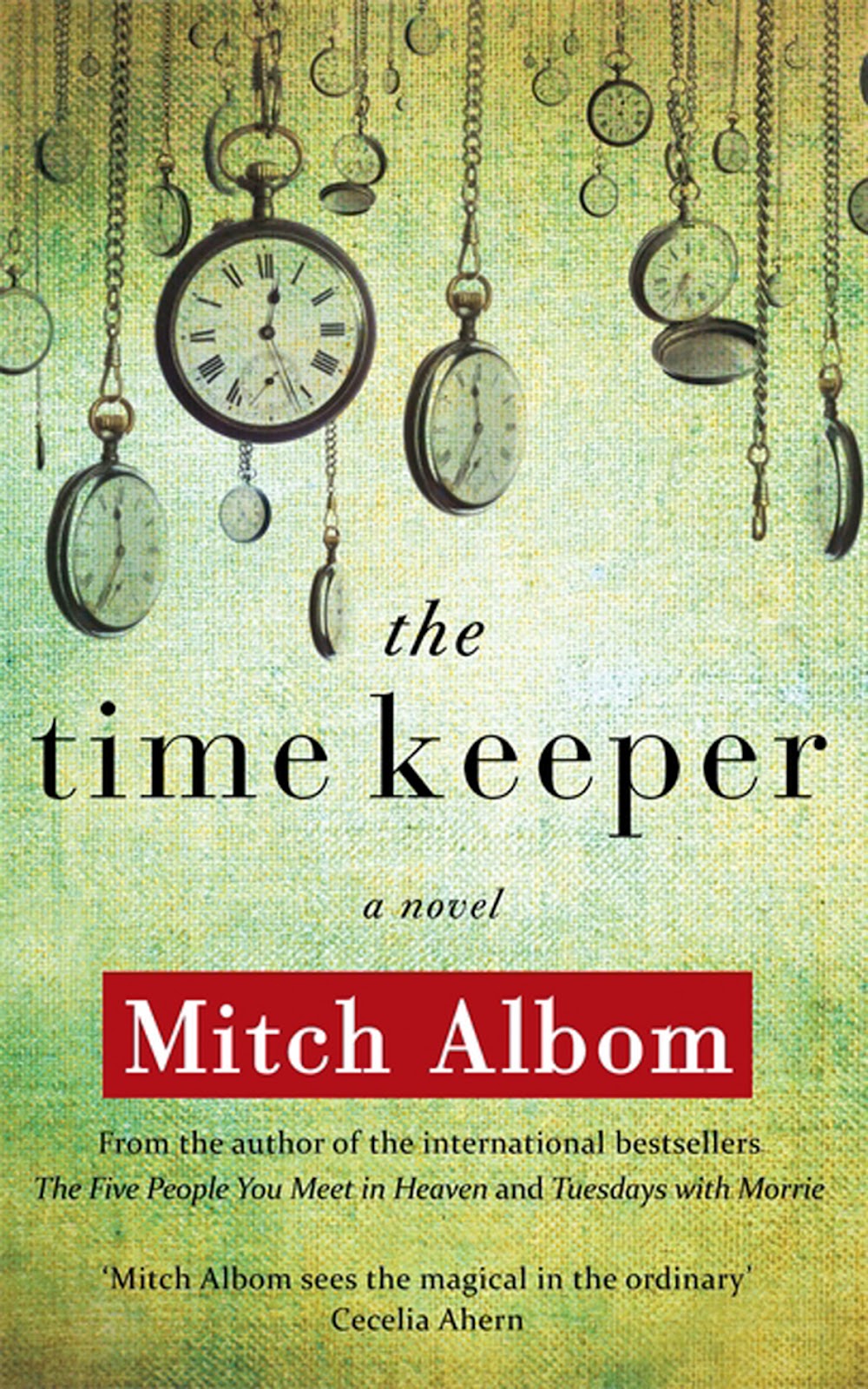
Over the coming years, however, we will have to compare and observe different optical clocks around the world to determine whether they all tick the same and with what kind of inaccuracy.

Microwave radiation, optical clocks run with light from highprecision lasers.Īt the PTB we already have two different optical clocks, both of which are around ten times more accurate than our atomic clocks. However, the radiation that we use here to excite the electrons has an oscillation frequency 100,000 times higher and is in the visible range. They operate according to a similar principle. These so-called optical clocks are likely to be at least several hundred times more accurate than the best atomic clocks available today. Ullrich: Certainly for a few more years, though the next generation of clocks is already in sight. Trends in automation: How long is the current definition of time likely to be valid? Researchers discovered that the earth’s rotation is slowing down and highly variable and doesn’t always move at the same speed, as had been the assumed for the existing definition of time. The quartz clocks commissioned here at our institute were the most accurate clocks available at the time. Time researchers previously experienced supposedly secure assumptions being torpedoed by precise measurements back in the 1930s, when the second was still defined as a fraction of the earth’s rotation. Should this theory be substantiated, it would have farreaching consequences, as many laws and models are based on fundamental physical constants. There is evidence to suggest that this is not the case. One of our key tasks at the P is investigating the question of whether fundamental physical constants such as the fine-structure constant, which includes the speed of light and Planck’s constant, really are constant. Exact timing is particularly important in the world of science. In order to guarantee a high degree of accuracy over the long term, we need very precise clocks. Ullrich: Inaccuracy has a cumulative effect and it happens relatively quickly. Trends in automation: Wristwatches or station clocks don’t need such precision. With these atomic clocks we can accurately define a second to 16 decimal places. They pass through the field a second time on the way back down.

In our two most accurate clocks, the CSF1 and CSF2, we have a different layout and fire the caesium atoms upwards like a fountain through the microwave field. To do this, we begin by sending the caesium atoms in a horizontal beam through magnetic and microwave fields and then count only the atoms with excited electrons using a carefully positioned detector.

Of course, we must constantly check that we have set the correct clock pulse and that the electrons are actually excited. And because this only works when the radiation has a very specific oscillation frequency, we can use this to define and precisely determine the value of a second. We use this microwave radiation to excite the electrons of caesium atoms. They oscillate much faster than a quartz crystal, in the region of nine billion times per second. Instead, we use electromagnetic radiation or, to be more precise, microwaves. The most accurate clocks we have at present are atomic clocks, even though the atoms themselves don’t oscillate. Even more accurate are quartz clocks in which an electrical charge causes a crystal to oscillate over 30,000 times per second. The shorter the pendulum, the faster it swings and the more accurately it measures time. Trends in automation: How do you measure time? The body’s biological clock and cultural differences in how we deal with time are also highly interesting topics in science at present. There are also many unanswered questions, such as whether time has a beginning or an end and how long the present lasts in human perception. But, when you sit with a nice girl for two hours, it feels like two minutes. Here’s another quote often attributed to Einstein: “When you sit on a hot stove for two minutes, it feels like two hours. Human perception of time is also relative. For example, it passes more slowly when we are in motion or in a gravitational field. Nobel prize winner and curator of the Physikalisch-Technische Bundesanstalt Albert Einstein gave us a very pragmatic definition of time: “Time is what you read on a clock.” Since Einstein, however, we also know that time is relative. We physicists make it easy on ourselves and define time using predictable, recurring processes, such as the earth’s rotation or a pendulum, for example. Ullrich: This is a highly complex question.

Trends in automation: Professor Ullrich, the PTB is known for its accurate clocks and is thus regarded as an authority in matters of time.


 0 kommentar(er)
0 kommentar(er)
